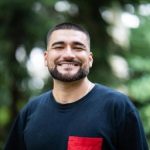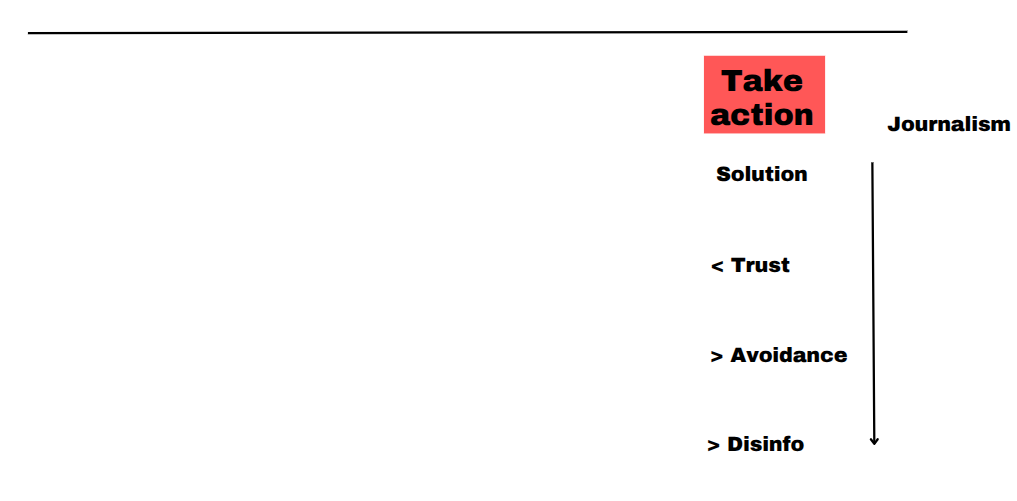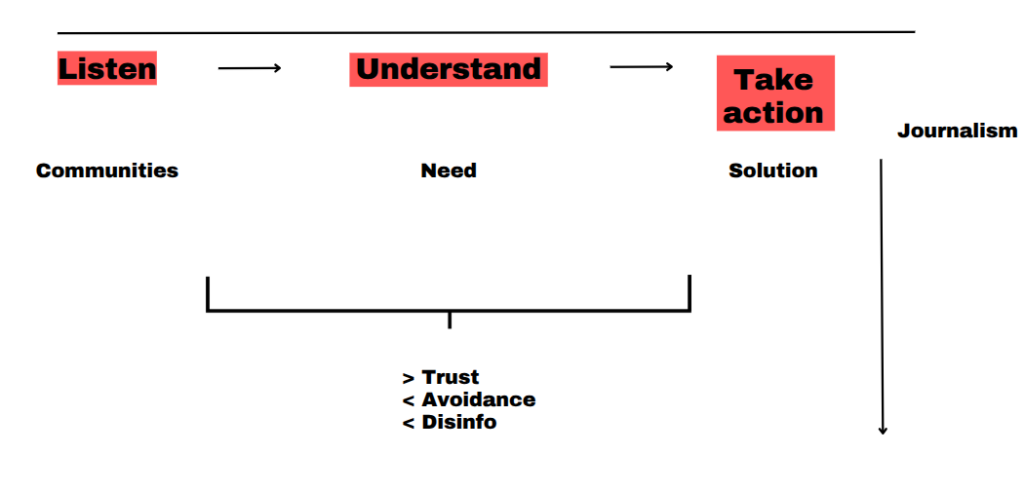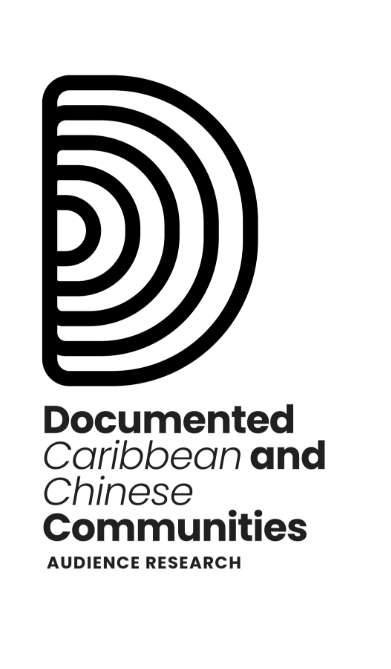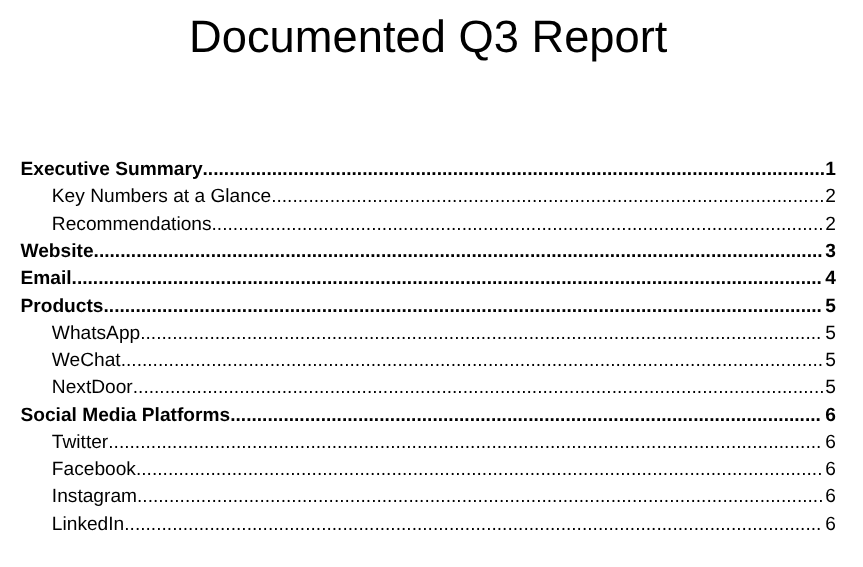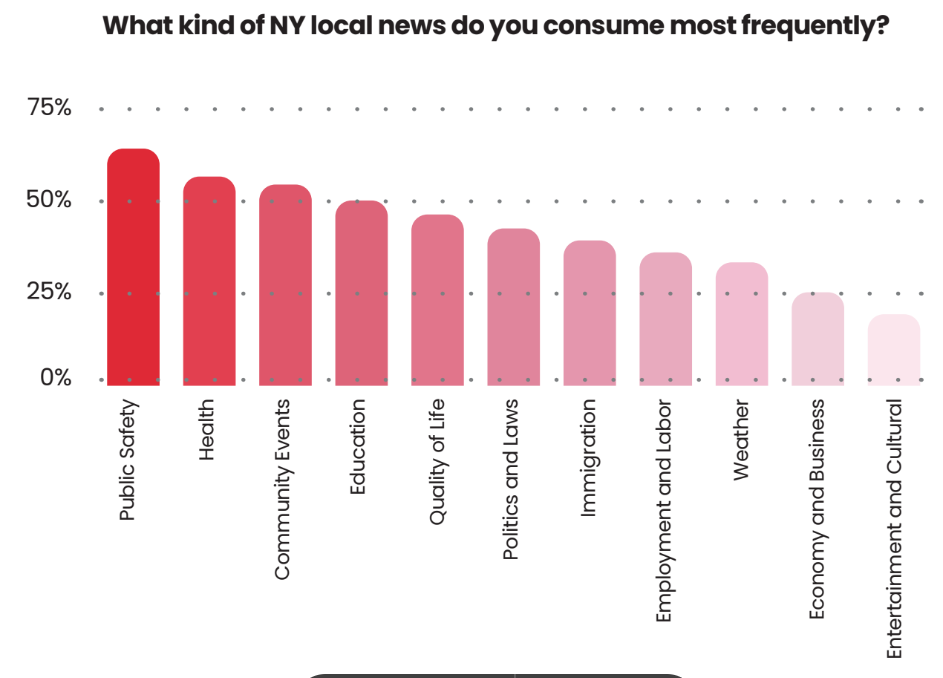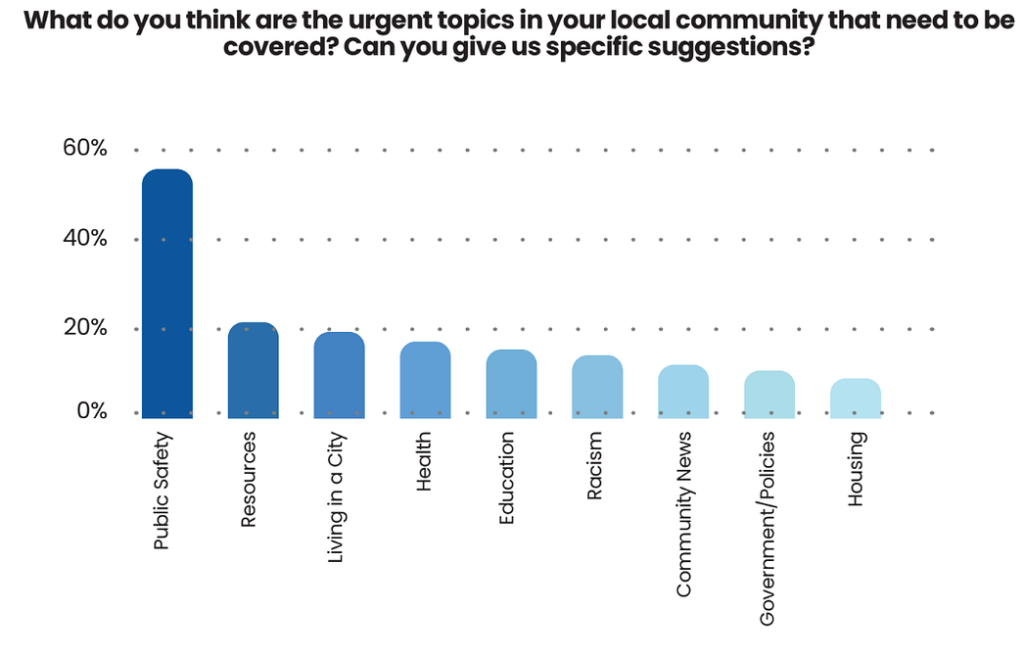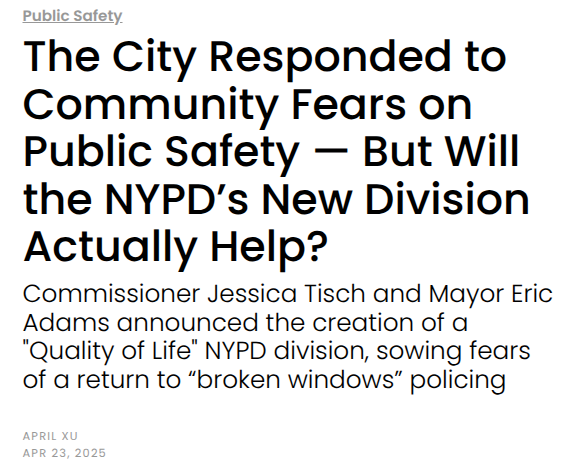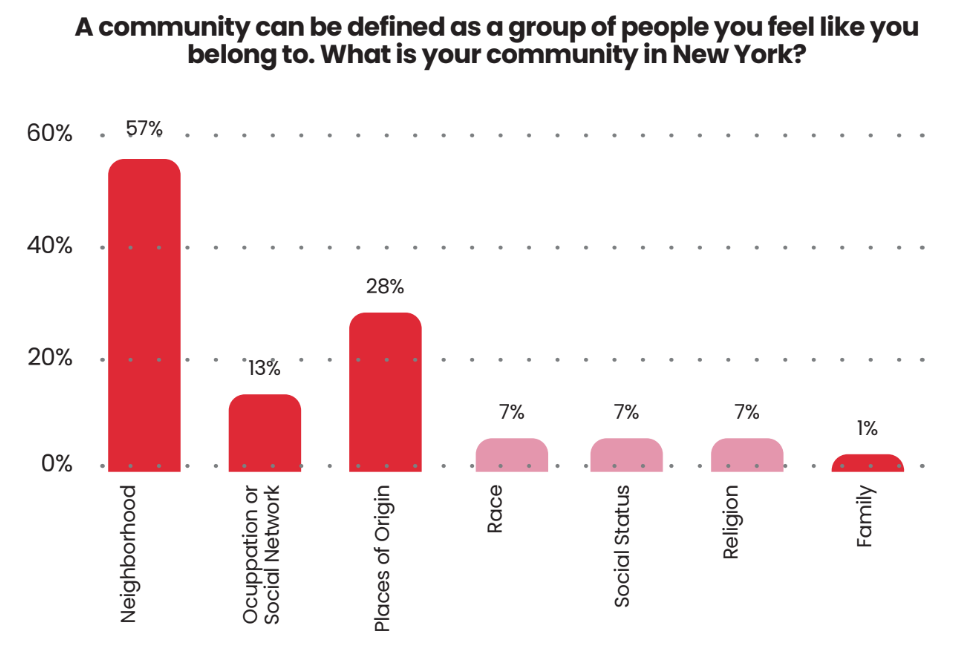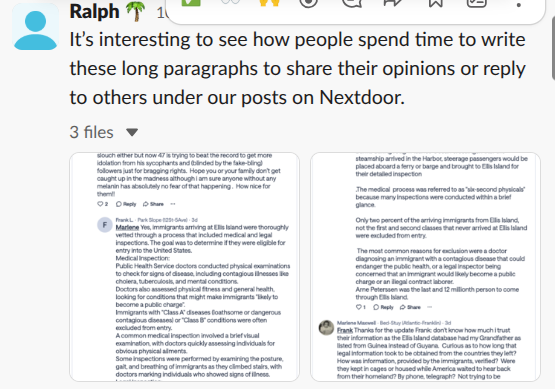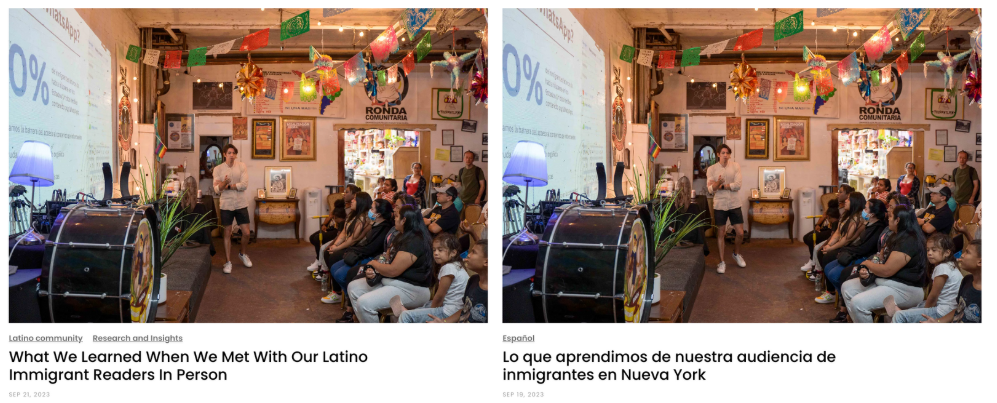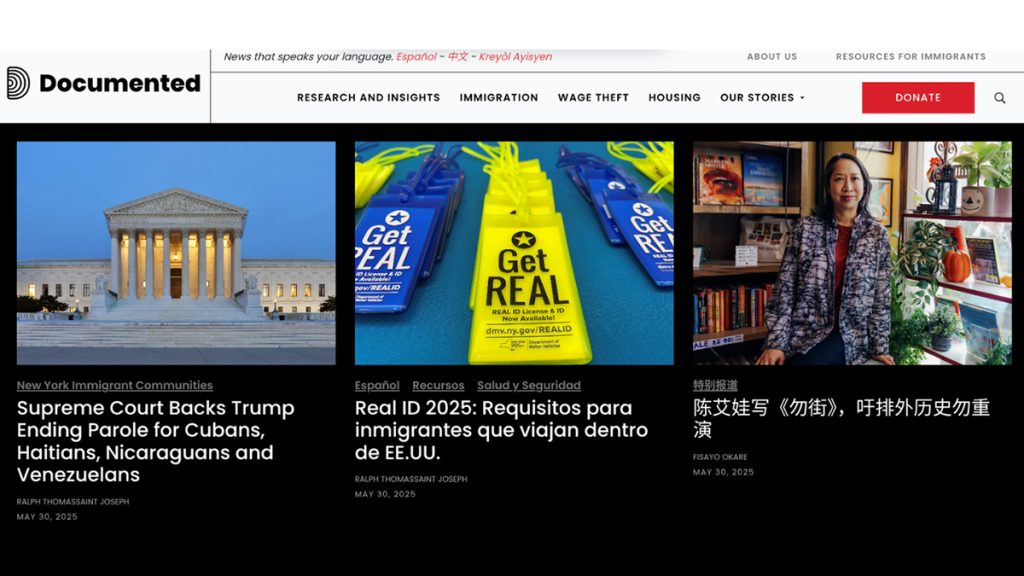
Is your community not engaging with news? Try listening to them first
Documented, a NY-based newsroom serving immigrants, uses a circular journalism model focusing on the needs of its communities
Newsrooms have been wrestling with best practices on how to connect with their audiences and deliver the news they want and need. The traditional approach, and somewhat obsolete approach, involves a one-way, we-decide-you-read approach to the headlines of the day. Here at Documented, a newsroom based in New York, we’ve been experimenting and perfecting an alternative way that relies/requires suggestions and requests from our audiences.
The following chart represents the shift Documented took — in a different direction — in the way we do things in our newsroom:
We believe that the linear model of publishing news — also known as top-down model — in which a newsroom holds a meeting full of professionals (people who usually have university diplomas and a passport or a work visa) to decide on coverage, falls short when reporting with immigrant communities, as they are seldom represented in that room and in the decision-making processes.
According to a 2023 Pew Research Center survey, 76% of all reporting journalists identified as White, while 8% identified as Hispanic, 6% as Black, and 3% as Asian. We have no clue about how many of them are immigrants.
The linear model focuses on content creation based on assumptions about what information is wanted rather than the information that is needed. Our experience has shown us that this results in less trust, more news avoidance and rampant misinformation.
At Documented, we have been experimenting with a circular model for years, one that focuses on needs vs wants, and that adds two steps before publishing content: listening + understanding. This works to identify needs and make journalism a solution towards those needs.
Listening
Journalism should be a public service that caters solutions to existing needs. But how can we identify the needs of immigrant communities -or any community- in our area? Well, we do it by listening.
We understand the act of listening as a necessary step in publishing content and news. We do so by going out to the communities we want to reach, mapping the ways that information is already being shared and consumed, and then spending time deeply hearing what they have to say:
We listen via questionnaires at events.
We listen via online surveys.


We listen in the streets when reporting.
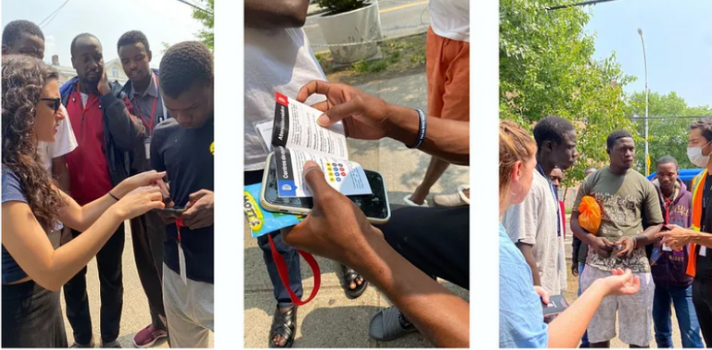
We listen when we analyze the comments we receive in our engagement products:
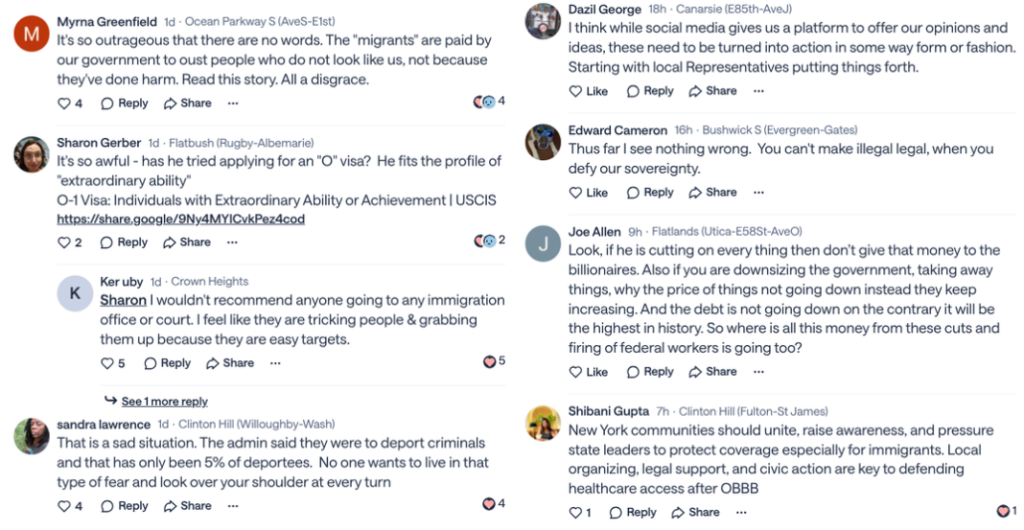
And we listen through another form of human behavior: consumption data.
Understanding
Our responsibility to our communities, after asking them for their feedback and needs, is to act on what we have heard.
For that, we spend time analyzing what we listened to, to later identify key findings that we summarize into Insights. We then provide the rest of the newsroom with recommendations on how to take action based on what we’ve listened to and learned via content or products.
We achieve this via internal-facing intelligence reports that our teams create and then present to the rest of the organization.
The following is a report we made analyzing more than 1,000 interviews and surveys of Caribbean and Chinese immigrants in New York: www.docu.nyc/research
The following is a snapshot of the quarterly report we have made since 2020, with an analysis of all data and KPI’s from our products:
Take action
After understanding what we have heard, and with clear recommendations on our desk, we then go into another phase: action. We take action by building the insights we gathered into recommendations, content or products.
Content
A content response to an identified need can be exemplified by the following piece:
For years, we tried to avoid reporting on crime due to the fact that it’s often used to stigmatize immigrant communities. However, our Chinese community assessment showed us that “public safety” is the number one concern of this community. The people surveyed revealed their worries when we asked them what news topics they consume most frequently:
And reiterated the same answer, public safety, when asked what urgent topics they would assign a reporter to cover:
So our story on crime data is a response to listening to the needs of the community while trying to avoid stigmatizing immigrants at large. It’s Documented’s “Take Action” response after we listened to the Chinese immigrants of New York City.
And we continue to act, with follow-up coverage on the same issues, and we distribute it in Chinese through WeChat, the favorite communication app for the Chinese communities:
Product
At Documented, we not only respond to our communities’ needs by publishing content, but also by creating news products uniquely designed for them based on what they have told us.
A product response to an identified need is the creation of our NextDoor product.
During our listening and understanding phases, we realized that Caribbean immigrants in NYC primarily think of their communities in terms of the place where they currently live (Flatbush, Queens, Brooklyn), rather than by their country or region of origin (Caribbean).
As such, it didn’t surprise us that when we tried to discover where they find information about their communities, the answer would be Nextdoor, a neighborhood app. So, we listened and understood. If they were getting the news from Nextdoor, we needed to be there.
Today, we have a presence on Nextdoor, where Caribbean neighbors in Flatbush, Brooklyn, engage in conversations with our Community Correspondent, Ralph Thomassaint Joseph, who was born in Haiti. Ralph not only speaks and publishes stories in the community’s language, but he’s also part of it. We are also on WhatsApp, where we deliver a newsletter for the Hispanic community in New York three times a week. And we are also on WeChat, where we publish weekly content and moderate a group conversation. Documented is the only news organization in New York to publish in four languages.
Ever-going listening, understanding, taking action
We know that listening and understanding take time. And in a newsroom, time is money. However, the easiest way we find to keep implementing our model is to discover avenues to keep listening on an ever-going basis.
Among the low-hanging fruits to keep listening are asking questions and responding to our communities on all current products (such as responding to comments on social media or newsletters) and surveying the audience at events organized by other organizations with whom we partner.
And, of course, act on what you’ve listened to via content or products:
After all, the idea is to keep the circular journalism going by always being there listening, understanding and responding to and working with our communities.
Exercise
Every day, Documented receives messages from colleagues who want to implement our circular model. If you would like to do it too, start by thinking of the ways your team already listens, understands and responds. If you already have at least one action in each phase of the model, how can you make them become ever-going?
If you are missing actions in the first three phases of the circular model, how could you start with an experiment to listen, understand and use that data to then act? If you think it’s hard to do it, picture yourself thinking about how many times you wanted a newsroom that would have listened to your needs.
If you still want to learn more, stay tuned. We will soon open applications for an initiative to support newsrooms all over the U.S.
Cite this article
Ríos, Nicolás (2025, Aug. 5). Is your community not engaging with news? Try listening to them first. Reynolds Journalism Institute. Retrieved from: https://rjionline.org/news/is-your-community-not-engaging-with-news-try-listening-to-them-first/
